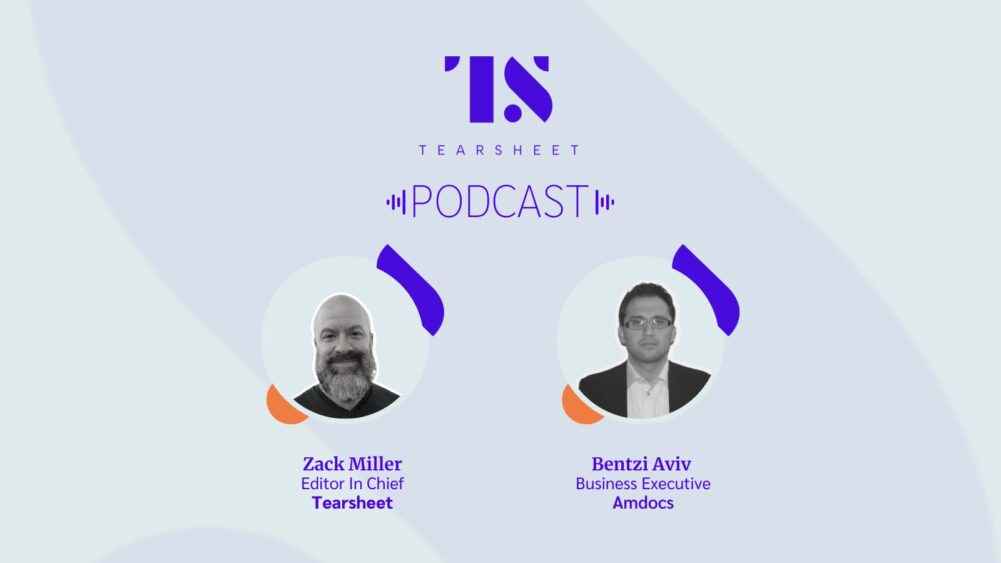Library, Partner, Podcasts
‘With personalization, you have to start by addressing the silos’: Amdocs’ Bentzi Aviv
- Just look at successful tech firms to see the value true personalization unlocks.
- Banks aren't there just yet. But there are moves afoot to accelerate personalized product offers on top of existing core banking software.








